Introducing the Magnificent Flying Fox Bat
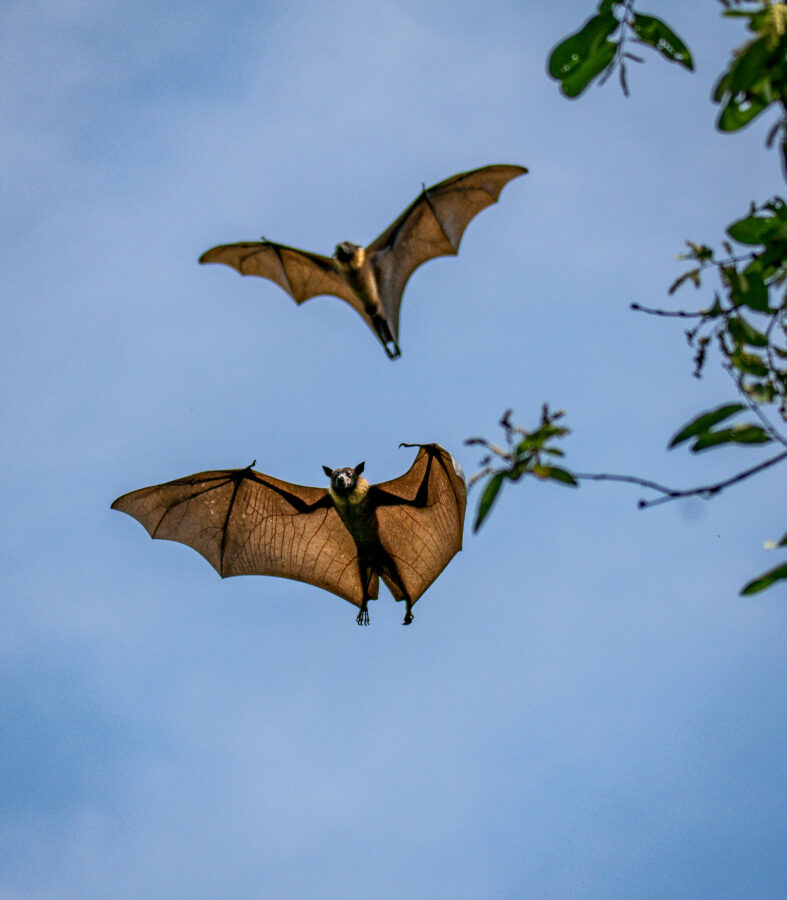
Named for their striking resemblance to the vulpine creatures of the land, the Flying Fox Bats have made their homes predominantly in the lush rainforests of diverse Madagascar. These magnificent creatures, albeit highly social and curiously inquisitive, are sadly retreating in number due to habitat loss and poaching.
Recognizing the Flying Fox Bat
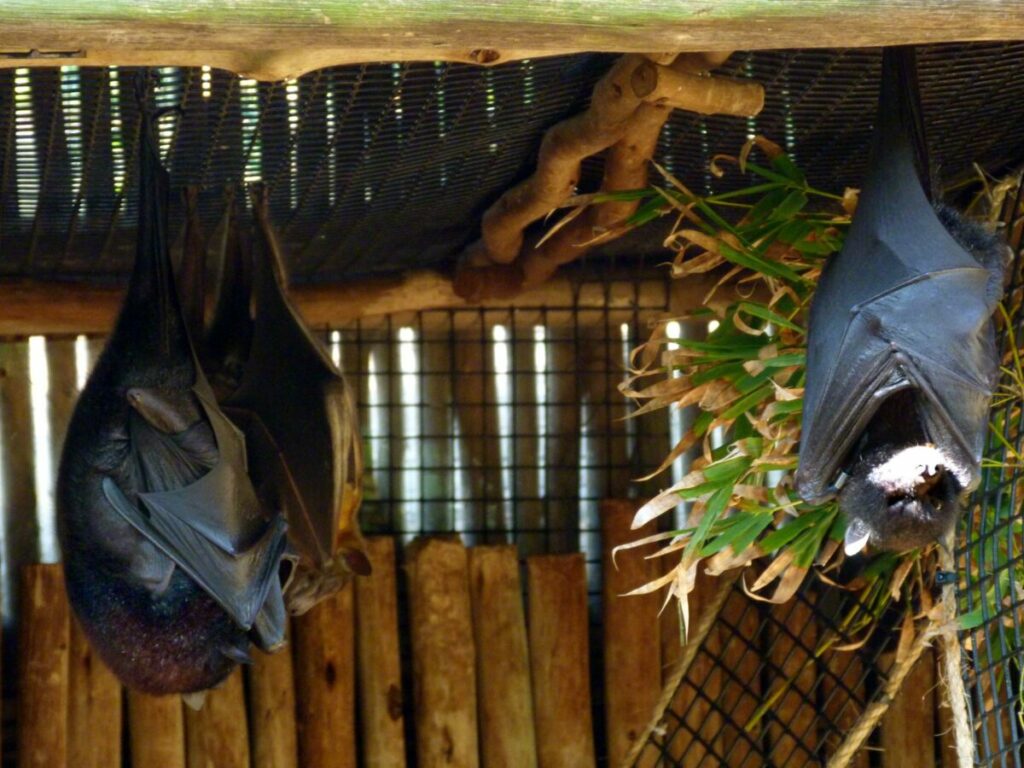
The compelling visages of these bats feature a small, pointed snout and prominent ears, reminiscent of a fox. Their large round eyes permit excellent vision with a high degree of color recognition. These bats, contrary to their counterparts, prefer to use their eyesight for navigation and hunting rather than echo navigation. Their nocturnal nature makes them more active during the night, while they rest during the day.
Flying Fox Bat’s Distinguishing Features
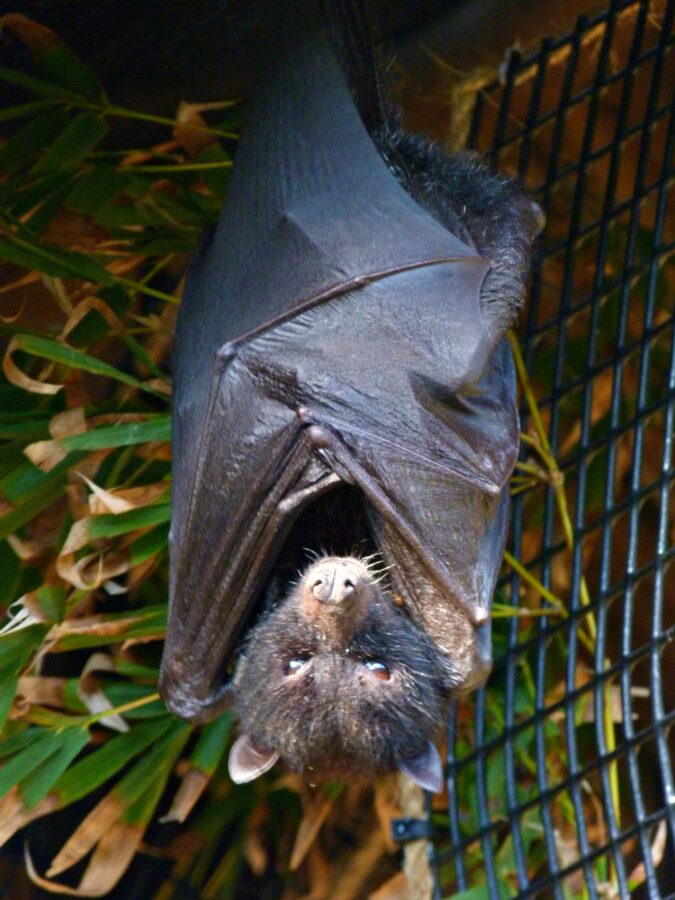
Often, these bats bear dark brown fur, occasionally adorned with reddish-brown or gold accents on their shoulders and chest. Their wings, typically a dark tone, carry them on flights spanning the jungle with their impressive wingspan of up to four foot. With some bats reaching almost a foot tall, they are indeed the largest bats in Madagascar.
The Intriguing Social Nature of the Flying Fox Bat
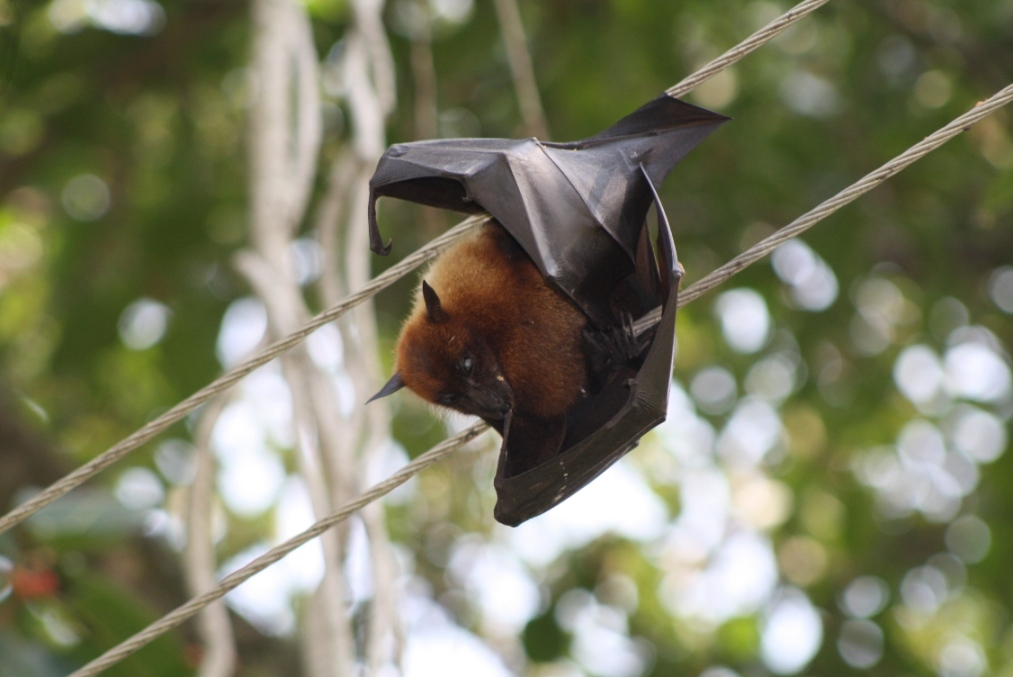
Renowned for their gregarious nature, these bats often form large camps for daytime roosting. These camps can comprise thousands of individual bats, making a beehive of activity. However, as night falls, smaller groups or solo bats set out to hunt their preferred meal of nectar, fruit, and blossoms.
Understanding the Flying Fox Bat’s Sounds and Mating Habits
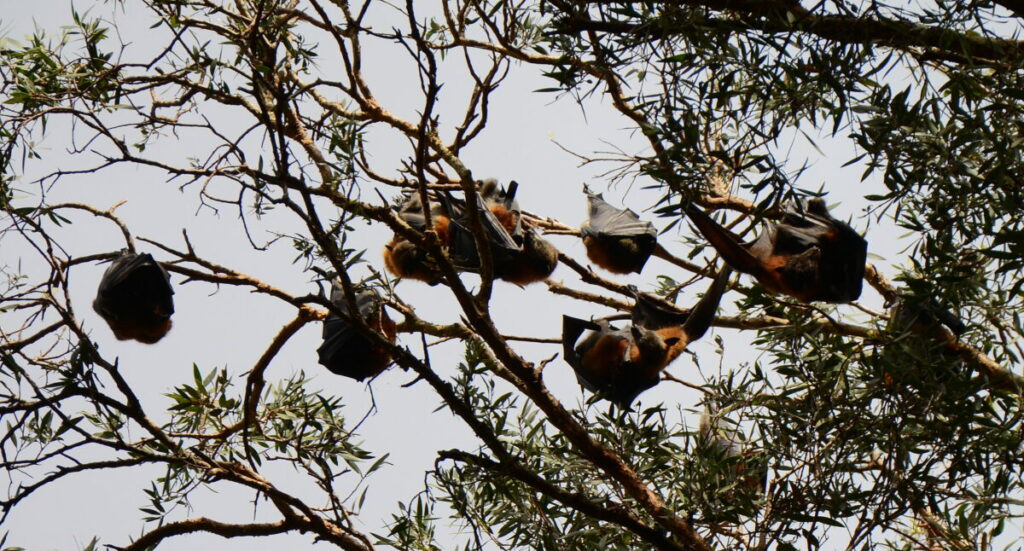
The bats communicate using a range of sounds, which vary from whining to honking. They use these distinct sounds for various forms of communication, including calling their young back to the camp, asserting dominance, and attracting mates.
In these bats’ world, mating occurs amusingly with the bats suspended upside down. The periods of April and May are most common for the breeding season and gestation will last for roughly six months. While most mothers give birth to a single infant, the occurrence of twins is known, albeit rare.
See Related: The Fascinating Diet of Foxes: What Do They Eat?
Survival Threats and Steps for Conservation
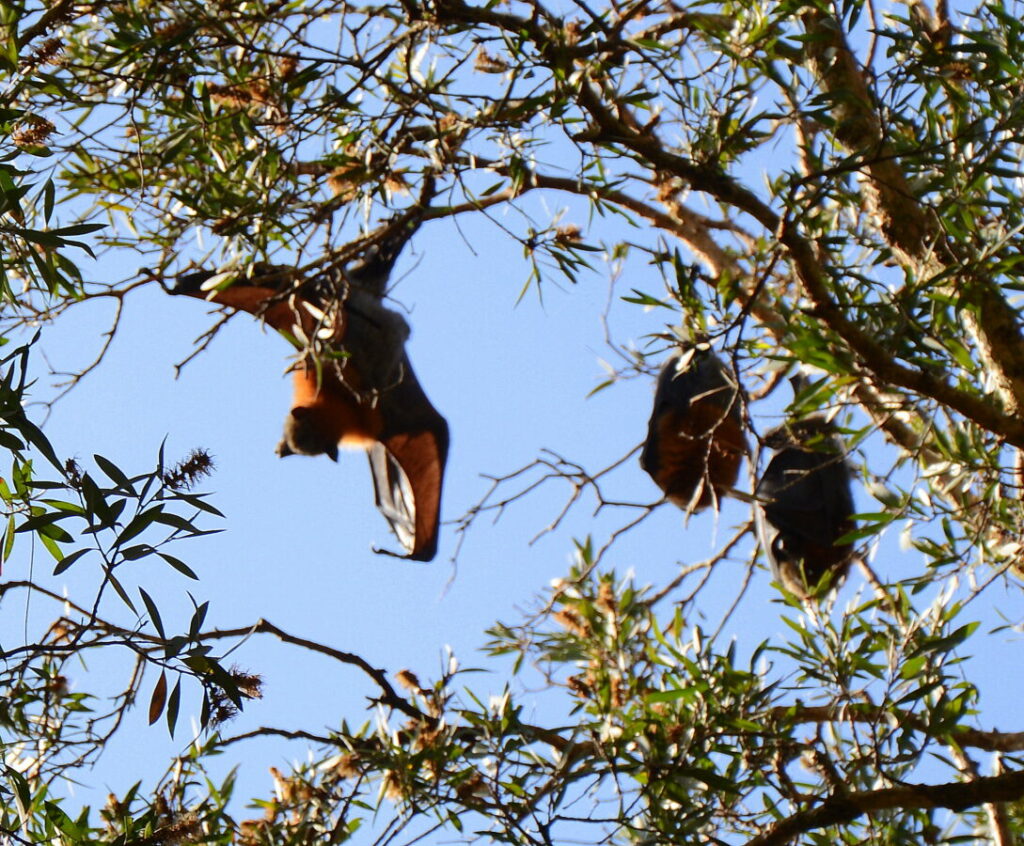
Tragically, the numbers of the Madagascan Flying Fox bats have been falling due to rampant habitat destruction. Moreover, hunting these creatures is allowed by local authorities, further threatening their survival. Though these bats have managed to obtain a place in the IUCN Red List of Threatened Species as of 2004, this has hardly helped in augmenting their protection.
Below are some quick facts about their threats and the conservation measures:
- Despite the hunting season being limited from May to September, unchecked poaching causes year-long losses.
- The local farmers often perceive these bats as pests, citing the destruction of their lychee crops.
- The present estimates suggest that merely 300,000 of the bats may still inhabit their natural abode.
- Fortunately, the local government has designated certain areas as sacred forests, usually surrounding cemeteries or spiritually significant places, where hunting is prohibited.
This allows for the establishment of safe zones for the bats, ensuring their continuity, albeit within a constricted range. In a blend of curiosity, beauty, and impending danger, the world of the Flying Fox Bat continues to captivate us all.